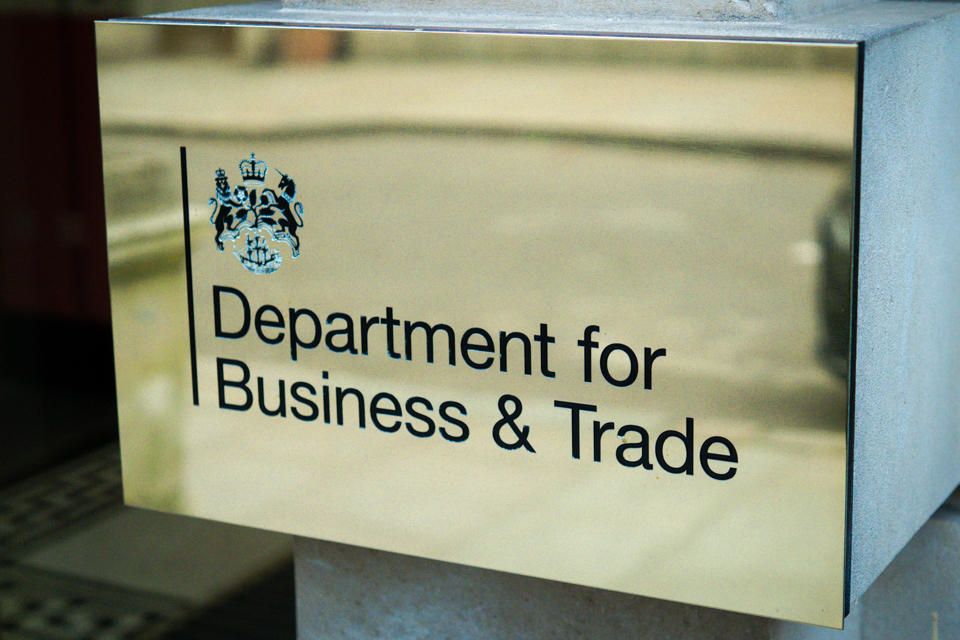Tempest fighter jet’s new design unveiled amid doubts over project

The Global Combat Air Programme, as Tempest is officially known, hopes to get the new fighter into service by 2035. The aircraft will be “one of the world’s most advanced”, according to its developers, featuring intelligence weapons systems and a next generation radar that provides 10,000 times more data than current technology.
The redesigned aircraft, which is a joint effort between Britain, Japan and Italy, features a larger wingspan than previous models, which should improve the aerodynamics of the plane.
Herman Claesen, managing director of Future Air Combat Systems at BAE, said: “The new model, unveiled at Farnborough International Airshow, shows notable progress in the design and concepting of this future fighter jet. We’ll continue to test and evolve the design, as we move closer towards the next phase of the programme.”
The initial phase of the Tempest project, due to complete in 2025, has £2bn of funding earmarked from the British government. The ultimate project costs are likely to run into the tens of billions of pounds.
Classed as a “sixth-generation” fighter, the plane is intended to replace the Royal Air Force’s current Eurofighter Typhoon, which has been in service since 2003.
The programme was created when British and Japanese efforts to develop next-generation jets were merged. Tempest will outclass current state-of-the-art aircraft such as the US Air Force’s Lockheed Martin F-22 Raptor, F-35 Lightning II and China’s J-20 “Mighty Dragon”.
The critical importance of air superiority in Europe has been demonstrated during Russia’s invasion of Ukraine, with Kyiv desperately seeking to procure advanced aircraft from its Western allies to counter Moscow’s air force and missile threat.
Asked about concerns the Tempest programme could be scaled back, a BAE spokesman said: “Tempest and the Global Combat Air Programme will preserve critical sovereign combat air capability and enable the UK to retain control over its own security, support important international relationships and meet future threats, whilst contributing to economic growth and prosperity.
“We’re making good progress and already generating over 3,500 high value jobs across the UK. We’ve engaged over 600 organisations, including SMEs and leading universities, as we bring together expertise across the sector and beyond to develop new technologies and radically transform the way we design and build combat aircraft.
“The programme is estimated to contribute £37bn to the UK economy before significant additional export potential through the life of the programme, providing a real opportunity for national growth.”
Related
Why investing in women is a vital next step for…
Get Nadine White's Race Report newsletter for a fresh perspective on the week's newsGet our free newsletter from The Independent's Race CorrespondentGet our fre
Business secretary signals major shift on electric car policy to…
In a determined effort to retain Nissan’s manufacturing presence in Britain, Business Secretary Jonathan Reynolds has vowed to implement “substantial c
Joint Statement: Business Secretary and Fujitsu Services Ltd
Business and Trade Secretary Jonathan Reynolds today (Friday 7 March) met chiefs for Fujitsu in Tokyo to begin talks over the cost of redress for victims of th
UK foreign secretary backs multilateral defence funding for Europe
UK foreign secretary David Lammy has said that a new multilateral fund will be needed to secure Europe’s defence as he confirmed that Britain is “open to”













